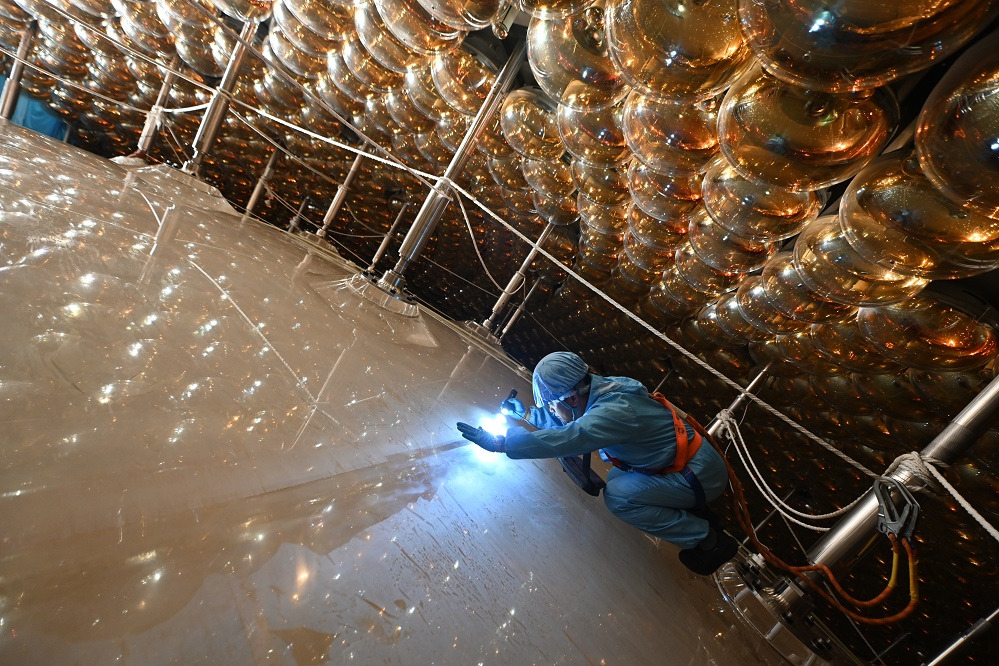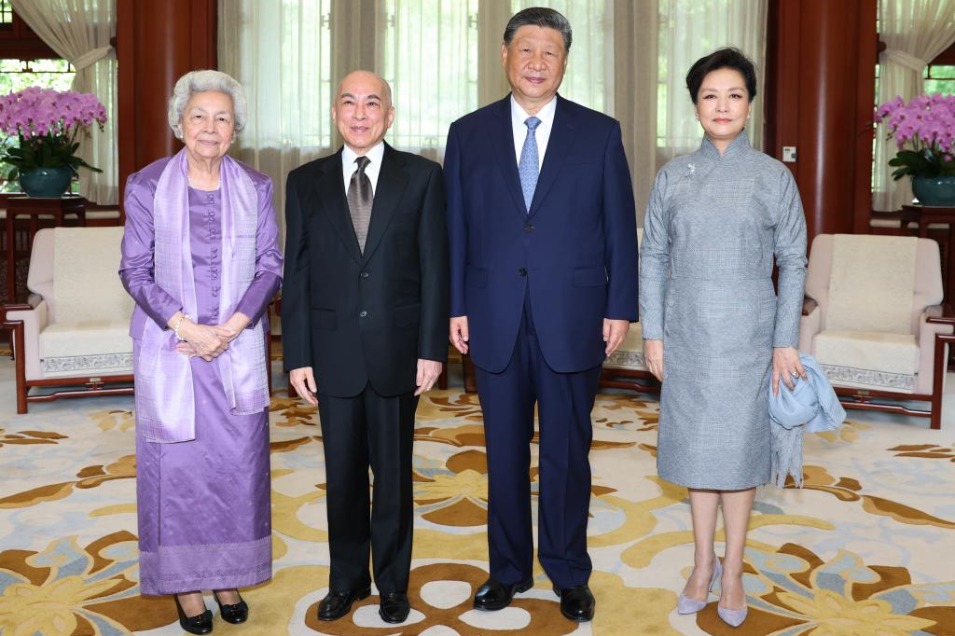What they say

Editor's Note: Five healthcare workers shared their observations on improvements in China's medical sector over the past decade on Friday, ahead of China's Medical Workers' Day on Saturday.
The number of patients in Africa who have benefited from Chinese foreign aid initiatives has increased gradually over the years. Take the Kibungo hospital in Rwanda where I worked for example — the annual number of visiting patients has risen from around 10,000 to as many as 40,000 recently. In addition, the quality of donated medical equipment has been upgraded. In the past, we could only perform basic blood and urine tests, or examine images of malaria parasites at local hospitals. Now we are able to carry out a wider range of complicated examinations using more advanced equipment.
Li Junsheng, chief surgeon at the Fourth Hospital of Inner Mongolia Autonomous Region who participated in six foreign medical aid missions in Rwanda.
High-quality medical services have become more available in communities and rural areas, as senior medical experts are required to routinely visit less-developed areas and see patients at county-level hospitals. Meanwhile, the country's healthcare insurance coverage has expanded continuously, and even residents in very remote and isolated regions are covered. Regarding traditional Chinese medicine, China has been delving into precious TCM knowledge and experiences while using modern technologies to research and make clear its treatment mechanism.
Ding Ying, head of the pediatric department at the First Affiliated Hospital of Henan University of Chinese Medicine
The clinic in my village used to be in a dilapidated condition. Thanks to increasing investment into grassroots healthcare in recent years, the clinic now has separate rooms for diagnosis, treatment, observation, storing documents, a pharmacy, as well as essential equipment for conducting laboratory tests, producing oxygen and carrying out electrocardiogram tests. In the past, I was covered in dust and dirt when I walked to a patient's home to check on their condition. Now, the clinic is equipped with an ambulance and it is much faster for me to arrive and attend to a patient in need.
Liu Yongsheng, a rural doctor in a village in Weinan, Shaanxi province
At the national level, I feel that the leadership has paid more attention to the healthcare industry, such as devising strategies to improve the health of all people and tackling the issue of an aging society. At the same time, the health literacy level of the public has improved significantly, and medical services in general have become more equitable and accessible.
Li Yanming, head of the respiratory and critical care department at Beijing Hospital
The Guangdong Provincial Center for Disease Control and Prevention was unable to perform nucleic acid testing until the H1N1 influenza flu outbreak in 2009. Over the years, we have not only become capable of performing prompt tests on multiple pathogens, but also have developed technologies to conduct genome sequencing. In the first half of this year, seniors in my family received a call from the local community offering free vaccinations against influenza and pneumonia. Such services were not available in the past.
Kang Min, director of the institute for communicable disease control and prevention at the Guangdong Provincial Center for Disease Control and Prevention





Today's Top News
- A misjudgment of situation in the first place, destabilizing AUKUS deal may bite the dust: China Daily editorial
- Welcome would be welcomed if sincere: China Daily editorial
- Xi and his wife meet Cambodian King, Queen Mother
- Xi meets Russian State Duma chairman
- Parade a tribute to Chinese people's sacrifices in WWII
- SCO will strongly uphold multilateralism






























